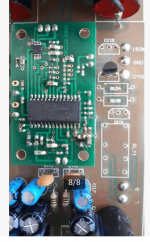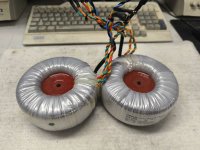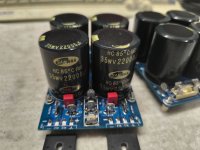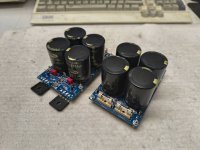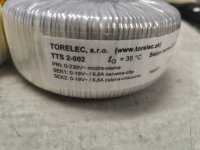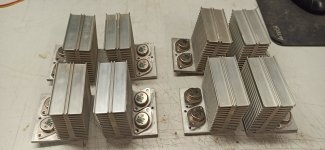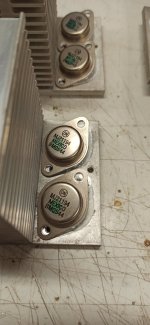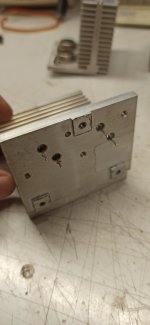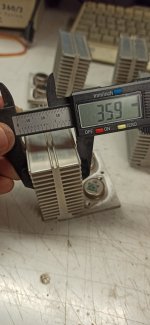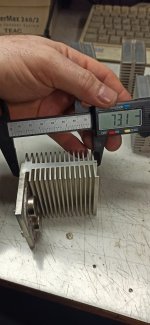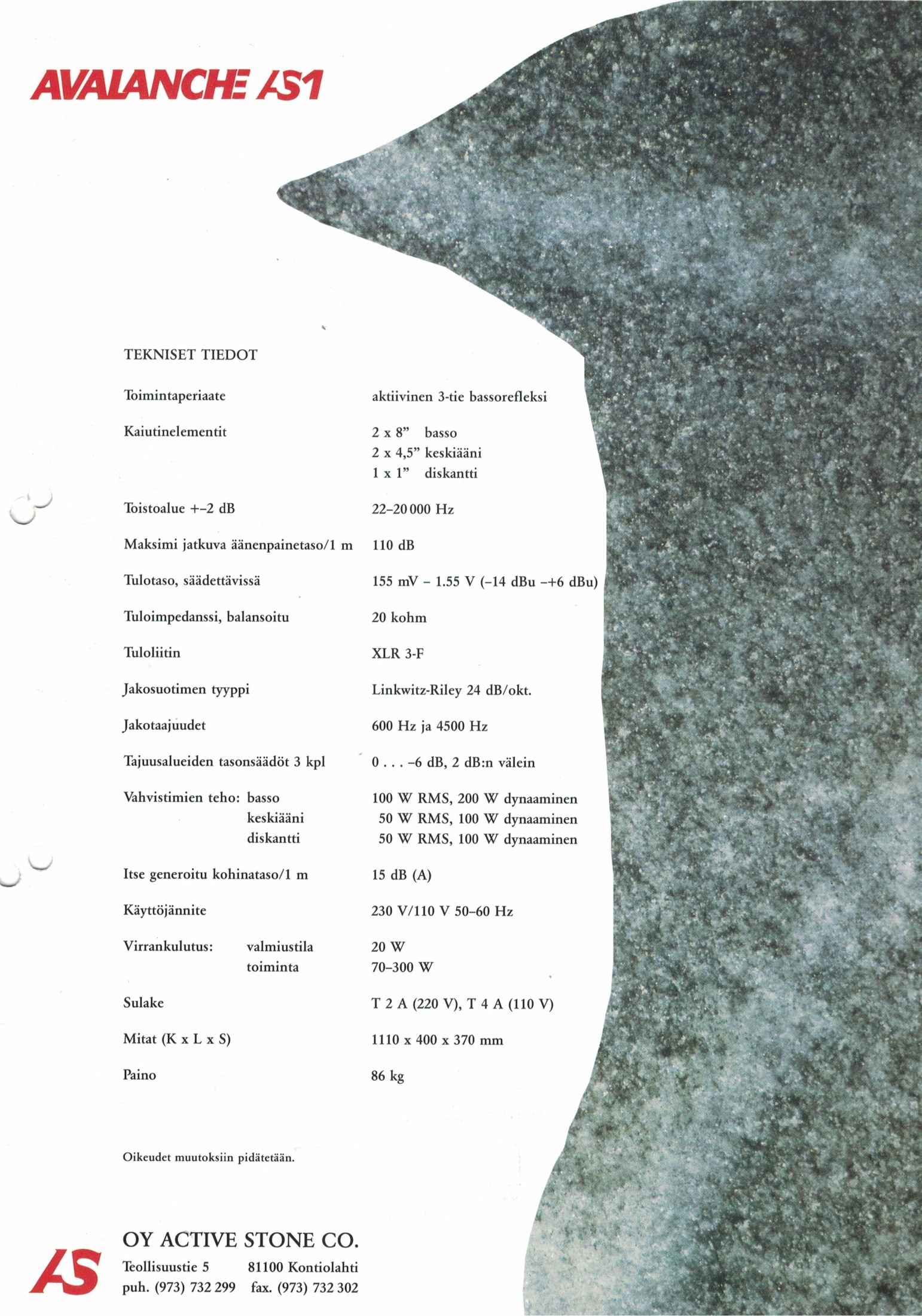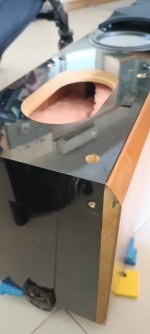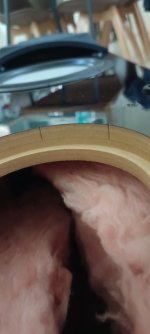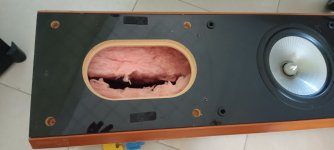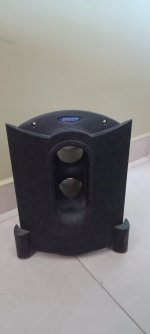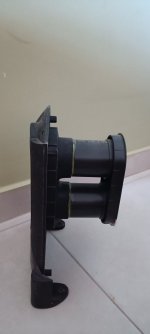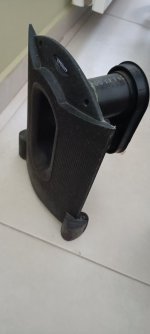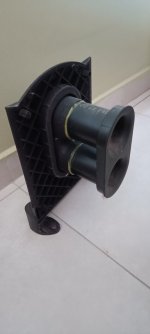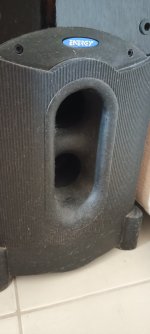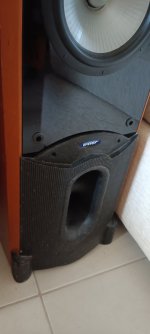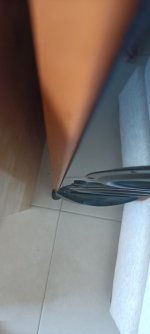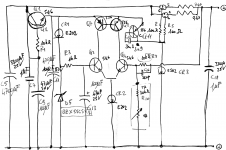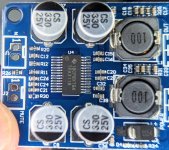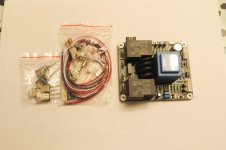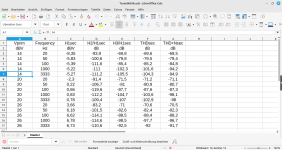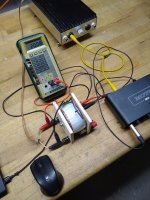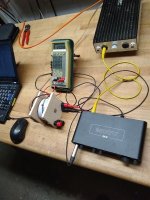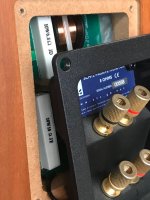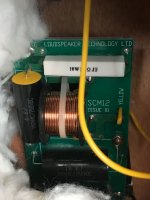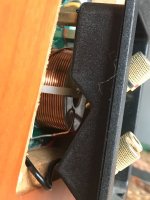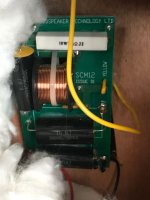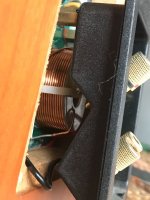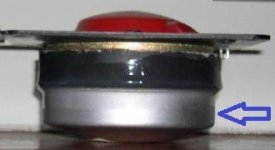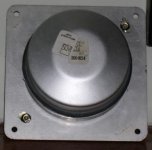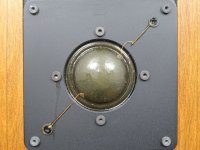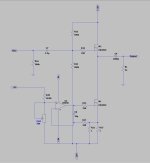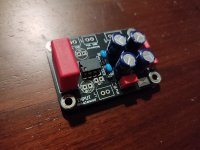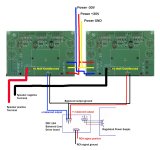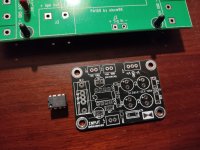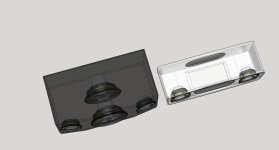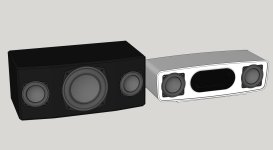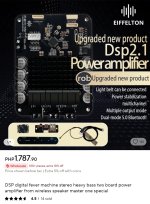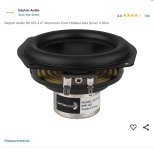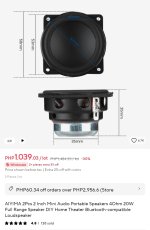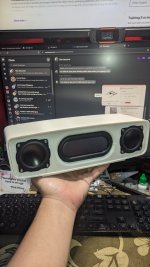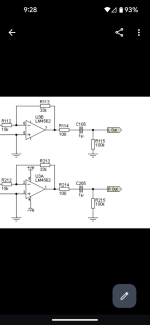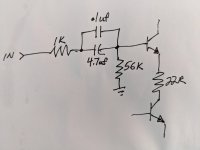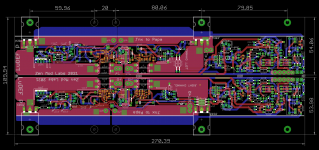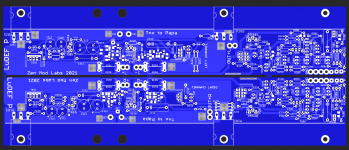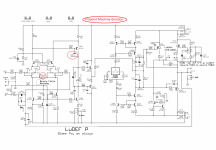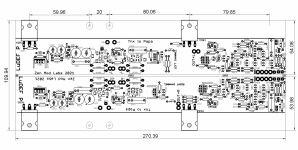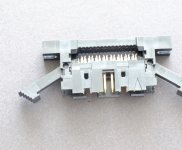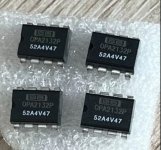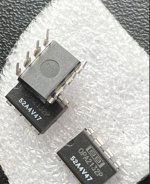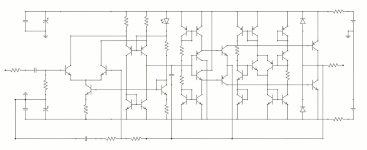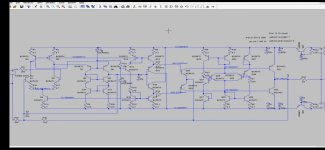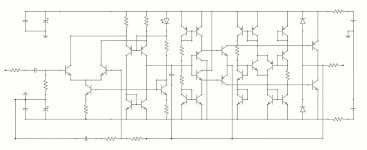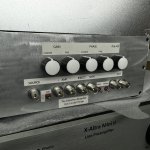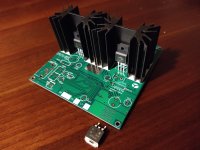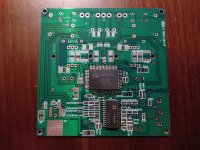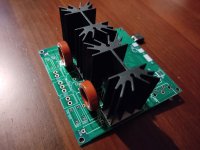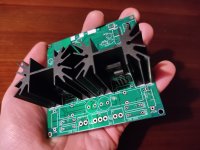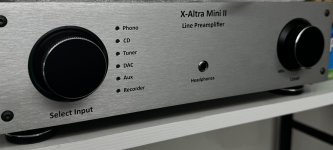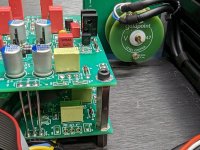EDIT: The problems encountered initially have been solved in this thread by numerous tests and with the assistance of jpk73 and mdardeniz as well as the contribution of element of the work of JeffYoung. I give files here and i will see to establish component list.
Hello everyone, three years ago I built two NAP 250 clones from naim, these were my first DIY projects and even if they already give (very) good results, I still made some errors so I wanted to launch myself into a new, more successful version, so I reworked all this on the net and on this forum as well.
I redid all the diagrams in Kicad directly in order to improve the design of the PCBs and their skillscreen printing by sticking as closely as possible to the original NAIM
I placed output transistors on the PCBs and not wired in the air which improves stability and construction
I changed my PCBs to double-sided 70 microns instead of double-sided 35 microns like on the old versions
I note as my work progresses all the verified information in my diagram
I went through plenty of pictures of the original Naims to determine the correct values and was able to correctly determine and identify three versions of the phase correctors to the driver transistors as well.
I determined the values of the phase compensation resistors according to the output transistors used.
I was able to correct an error on a value of a capacitor, on the input filter it is a 470pF and not a 330pF.
I changed the output capacitors on the regulation card for "high" ESR capacities >1.7ohms which corrects an oscillation problem.
I was able to determine that without the protection circuit on the amplification board the sound is not particularly improved and that the offset is much longer to go down when switched off
this time I use the original drivers (MJE243/253) on the regulation cards and not those recommended by Neil mcbride which greatly improves performance and stability
I then searched for better substitutes for the unavailable transistors by closely studying many datasheets namely the VBE (ZTX384 or ZTX108) and the output ones, the Mj15003 not being the best.
I thus tested with the oscilloscope and by ear for the VBE the 2N2222A in comparison with the 2n5551, my choice fell on the 2N2222A which seems to me a little better to the ear but also on the noise in the data sheet. I also tested the ZTX690B and 2N6428 it's works but it's not better.
For the output ones I tested:
BUV22 but they are not really suitable for the ear it is not very convincing and I think that the bias and the drivers are not suitable, there is too much crossover distorsion with MJ243/253 drivers.
Mj15024 they seem better to the ear than the Mj15003 but they are only 15A so there is no point in taking T0-3 boxes, there are also too much crossover distorsion with Mj243/253
2N6341 They are suitable and sound better to the ear making 40mhz for 25 amps they are probably the best performing so I have chosen it for my new amplifier.
I had noticed Phase compensation problem with 2N6341, I didn't initially understand the problem, I was able to fix it as you can see later in the topic.
The adjustment of the phase compensation is more or less delicate it depends on each type of power transistor used but it also depends on the PCB layout. If the MJ15003 and the BUV22 are quite easy to adjust, the same is not true of the Mj15024 and especially the 2N6341. Having done the setting for the PCB layout used in my amplifier (V2.1) I cannot give the optimal values for the latest files I give here (V2.5)
I give the correct values for version 2.1 so that you can directly use these PCBs if you want to build the same amplifier without having to do the adjustment. For those who would like to use the latest more advanced version, you will have to make the adjustment yourself. The rest of the topic will show you how to do it.
For the components I chose the original MPSA06/56 from diotec and not those from central component as for my old creations, indeed central component makes copies and not originals, something that I did not know.
For capacitors I chose for the amplification card very high voltage WIMA and also for the miller. (on my old version I took 39pf in Mica, there I took 33pF and 47pF)
i take organic polymer low esr for the AMP BOARD
For the NAPS Board please note output capacitors 10Uf must have a esr >1,7 ohms for stability of the supply.
For filtering I chose a very high quality EPCOS 22000uF 100V capacitor 4 milliohms of ESR, 57 amps of rejection capacity in place of the previous Mundorf 22000uF 80V (7 milliohms 33Amps)
All my components are ordered on Mouser by preferentially choosing the manufacturers
For the resistors I chose to switch to 1W or 2W in metal layer in order to further reduce the noise against 0.5W on my previous realizations
only the 0.22 ohms on the output is wound due to lack of availability.
For the plugs I chose larger plugs more suitable for 2.5mm wiring and above all offering better contact and better manufacturing quality.
For the pairing of the transistors I invested in a second-hand RIGOL DG1022Z BF generator which allowed me with my oscilloscope in XY mode to draw the characteristic networks of the transistors which I had not done during my previous achievements, I had simply used the HFE.
I ordered series of transistors and as I had other of my previous orders I was able to operate pairings on:
BC550C in LTP are matched
VAS ZTX653/753 are matched
MPSA06/56 on the protection circuit are matched
MJE243/253 in drivers are matched
2n6341 output are matched
On the regulation boards I used identical paired MPSA06 series and also paired MPSA56 series
MJE243/253 drivers and 2n6341 output drivers are also paired
capacitors are MKP higth voltage general purpose
resistors are 1W-2W metal too
For the variable resistors I take multi-turns unlike my previous amplifiers, in fact the single-turns are not precise enough and can move with time and vibrations.
The transformer is a high quality encapsulated nuvotem talema 500VA to reduce vibration and ground buzz
The 4 cards are mounted, I still have the last heatsink to manufacture, I am waiting for my aluminum case and the last parts in order to start the final assembly, I expect to receive the case in less than 15 days.
to note unfortunately on my PCBs I made a footprint error on the 39pF capacitors which were far too big, I was deceived by a bug in the Mouser search system which was giving me 4uF capacitors instead of 40pF.. .
I have since corrected the error in a new version of my PCBs in Kicad but my PCBs being already ordered I use those with this footprint error.
Here a caracteristics of a transistors i use two différent resistor for the base 100K and a 3300ohms for testing different currents
Here you can see phase compensation problem
First regulator board, note larges Capacitors are organic polymers low esr and not electrolytics. C105/205 later changed by united chemicon electrolytic with 1,8 ohms ESR
On the first amp board there are not the circuit protection i want to test with ears with and without the circuit protection when the amplifier will be finish.
here on a 2Ohms resistor
here the test of stability on the regulator down it's a power rail of the regulator board it's about 100-150 mv variation on a square wave 1000Hz 100mV in the amp
47pF are on the other side...
a heatsink with his isolate board to isolate from the PCB
Here V2.1 correct values for phase compensation are:
R26 1800 ohms
R27 1800 ohms
R29 2000 ohms
R30 2200 ohms
(note for the drilling of the heatsinks that the two output transistors are not perfectly aligned either on the AMP BOARD or the NAPS BOARD)
Here the last files of schematics and Kicad PCB V2.5 (V2.4 For regulation NAPS board), This version is better the holes are aligned for the T0-3 but the values for the phase compensation must be developed:
